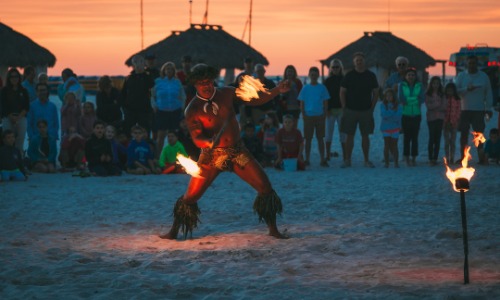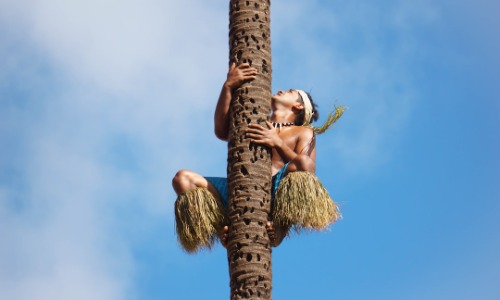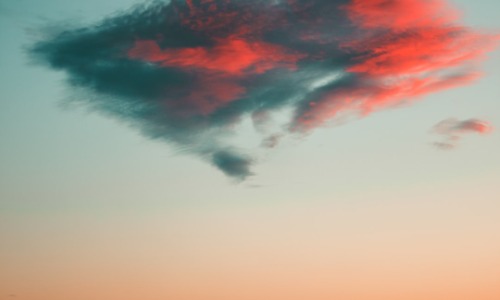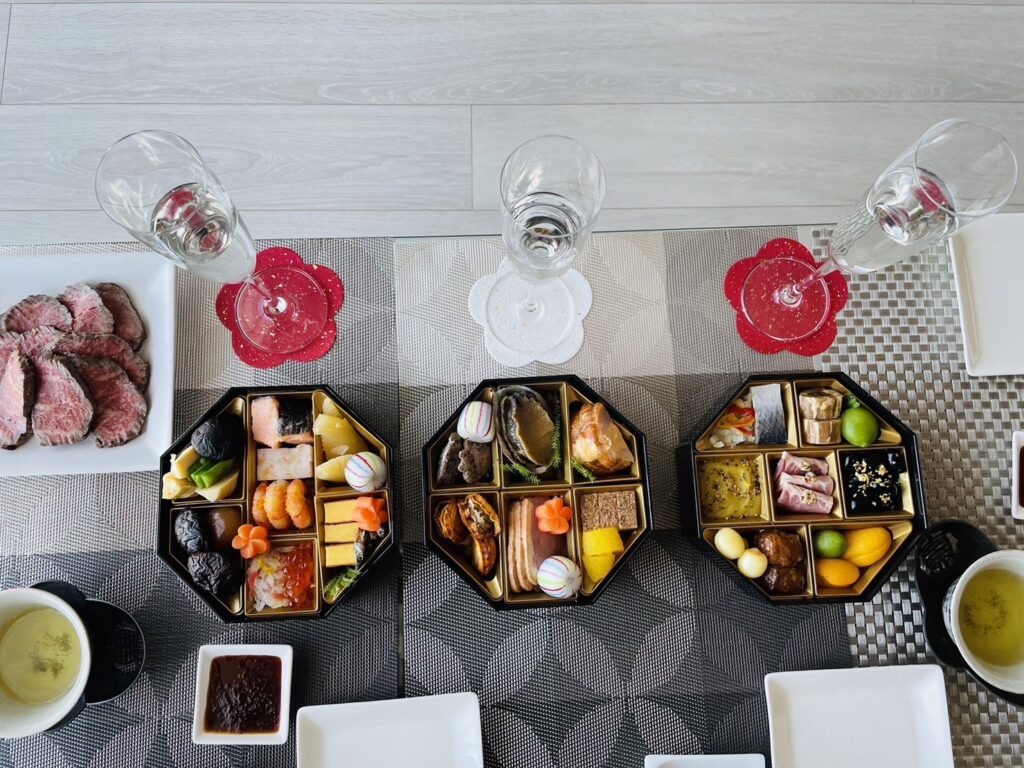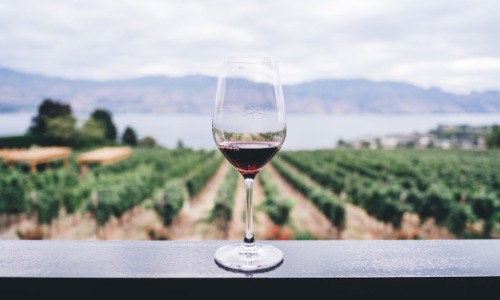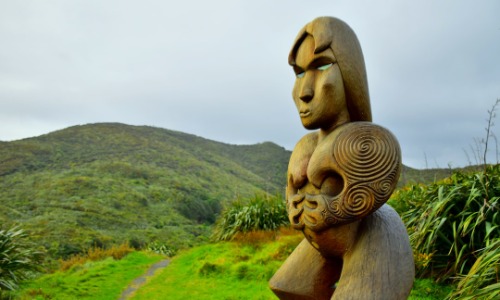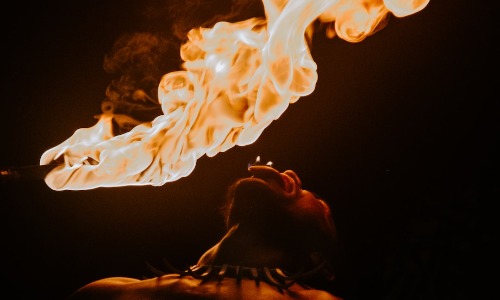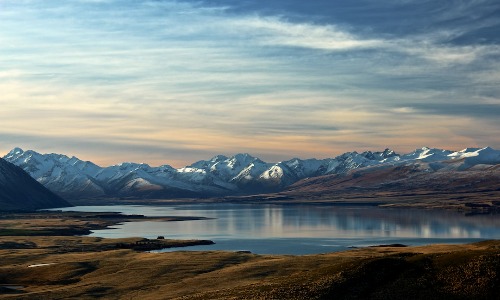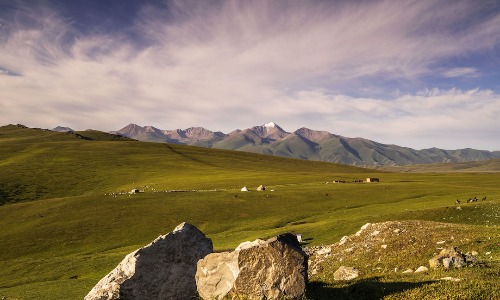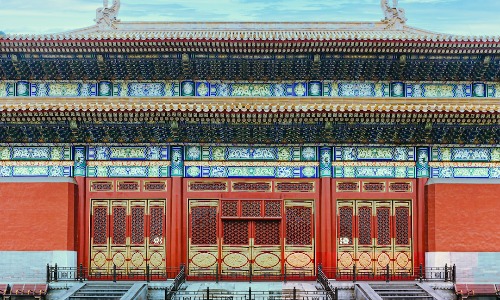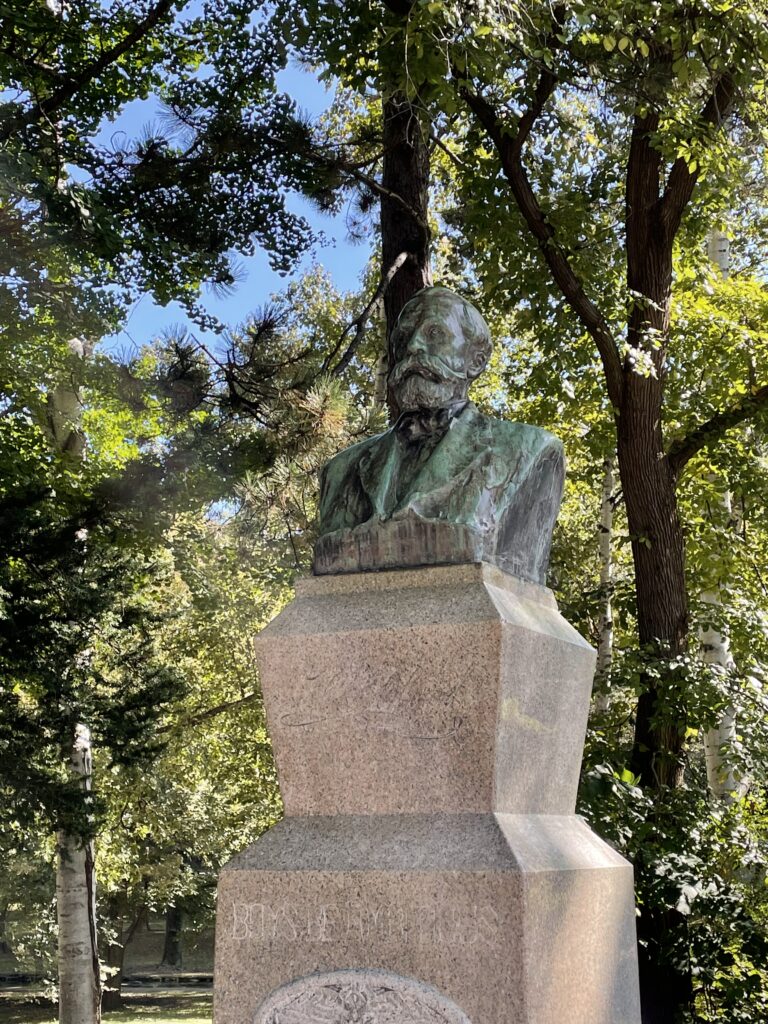Blog
-

Samoa’s Road to Independence: From Colonial Rule to Self-Government
After Samoa became a colony in 1925, the Colonial Act was implemented, causing many issues as it failed to acknowledge the realities of Samoa. In 1929, during protests, Prince Tamasese was killed by New Zealand violence, which led to increasing momentum to oppose the colonial law and pursue independence and self-government by Samoans. Samoa appealed to New Zealand and the United States for independence. In 1948, the Samoan flag was allowed to fly next to the New Zealand flag, and…
-

Samoa’s History: European Colonization and Influence in the 1800s-1900s
In the 1800s, people from many countries immigrated to Samoa. In 1857, German traders established plantations on the island of Upolu. The plantations flourished, and the German settlers gained more power. They then negotiated with the United States, Great Britain, and Tonga and signed the Berlin Agreement. As a result, the great chief of Upolu was overthrown, and the German settlers proclaimed themselves as kings. In 1914, World War I broke out, and New Zealand invaded Samoa, which was a…
-

History of Samoa: Settlement, Colonization, and Introduction of Christianity
Between 1000 B.C. and 400 A.D., Polynesian peoples began to settle on Pacific islands. Between 950 and 1250 A.D., Samoa came under the rule of the Kingdom of Tonga. Samoa then gained independence and experienced a golden age under Queen Salamagina around 1600 A.D. However, with the Age of Exploration, Europeans began to arrive to explore. The Germans arrived in 1772, followed by the French in 1787. In 1828, Christianity was introduced, and both the Anglican Church and the Catholic…
-

“Discovering Japanese Culture: Sechi Festivals and Oshogatsu Traditions”
“Sechi” refers to the milestones in life, including New Year’s Day, the Peach Festival in March, the Iris Festival in May, the Tanabata Festival, and the Chou-you Festival. During these festivals, delicious food harvested during that time is offered to the gods. Afterward, the leftover food is enjoyed and shared among the people during the festivities. One of the most famous milestones is Oshogatsu, where we eat Osechi cuisine. The meaning of Osechi-ryori is that the gods are the first…
-

“Leadership Lessons from Plutarch and Cao Cao: Attracting Excellence through Goodness and Talent”
The saying “Good people bring out the good in other people” is attributed to Plutarch, an ancient Greek philosopher and biographer. This phrase suggests that in order to attract excellent talent, one must first be excellent themselves. In other words, if you do great work, you are more likely to attract similarly great people to work with you. A similar statement was made by Cao Cao in China. 才子相聚,必有异人 (Chinese) 才子は才子を呼ぶ (Japanese) This phrase means that in order to…
-

How the Treaty of Waitangi shaped New Zealand’s history: a closer look at the Maori-British agreement of 1840
The Maori gradually realized that they were losing their land and demanded that the British government regulate and control the settlers. However, this gave the British an opportunity to take advantage. To address the situation, the British government sent Captain William Hobson to New Zealand. In 1840, Captain William Hobson and Maori chiefs signed the Treaty of Waitangi. This treaty guaranteed British protection of all Maori rights, including property rights, in exchange for the Maori accepting Queen Victoria as their…
-

The Mau Movement and the Samoan Independence Struggle of 1929: The Death of Prince Tamosese and the Role of New Zealand Marines
On Saturday, December 28, 1929, there was a large peaceful march in the capital city of Apia to honor the members of Mau who had been expelled by the authorities. However, the authorities were vehemently opposed to the Mau, and during the march, they opened fire in an attempt to arrest the demonstrators. Amidst the chaos, the leader of the Mau, Prince Tamosese, was killed, which led the Mau to declare its intention to seek independence from New Zealand. A…
-

History of New Zealand: Arrival of Southeast Asian settlers and Maori people
It is believed that the first inhabitants of New Zealand were people from Southeast Asia who migrated eastward from island to island until they reached the Central Pacific. From there, they continued southward until they reached New Zealand, estimated to have occurred around 750 B.C. They named New Zealand “Land of the long white cloud” or “Aotearoa”. The Maori people arrived in New Zealand around 750 AD. According to legend, a second group of Maori arrived in the 13th and…
-

Drama Yan Yun Tai Understanding the Liao, the first conquest dynasty in Chinese history.
Do you know the Liao Dynasty? This drama is about the Liao, a nation of Khitan people who, in the 10th century, established an empire that stretched from the eastern Mongolian plateau to northeastern China under the first emperor, Ye Lu Abo Ki. During the reign of the second Liao emperor, the Liao acquired what are now the cities of Beijing and Datong, and as a result, became the first conquest dynasty in Chinese history to establish a dual rule…
-

Yoshiko Kawashima: The 14th Princess of Qing Dynasty and Her Complicated Life Between China and Japan
Do you know Yoshiko Kawashima? Yoshiko Kawashima was born in Beijing in 1907 as the 14th princess of Prince Su, a member of the Qing Dynasty imperial family. Her real name was Aixinjueluo Xianzhi. It was the end of the Qing dynasty, and her father was struggling in the court to make the Qing dynasty a constitutional monarchy like the Meiji Restoration in Japan, instead of the old absolute monarchy, in order for the dynasty to survive the times. …
-

Every Japanese knows Dr. Clark, he built Plymouth in Japan.
Dr. Clark, whom all Japanese know, is from Massachusetts, USA. He came to Sapporo, a pioneer village of only 2,500 people at the time, and established Sapporo Agricultural University. His students include Inazo Nitobe and Kanzo Uchimura. There is a bronze statue of Dr. Clark at the current Hokkaido University. The words he left behind are still taught in schools today.
-

What is Edo Kiriko
Edo Kiriko is a traditional Japanese craft that originated in Edo (present-day Tokyo) at the end of the Edo period (1603-1868). The word “Kiriko” means cut glass. Even today, about 100 craftsmen in and around Tokyo continue to create works of art using techniques that have been handed down from generation to generation. ”Kiriko” has various patterns. Nanako” pattern: The pattern of fish eggs lined up in rows, signifying the prosperity of offspring. The chrysanthemum flower pattern has the meaning…
